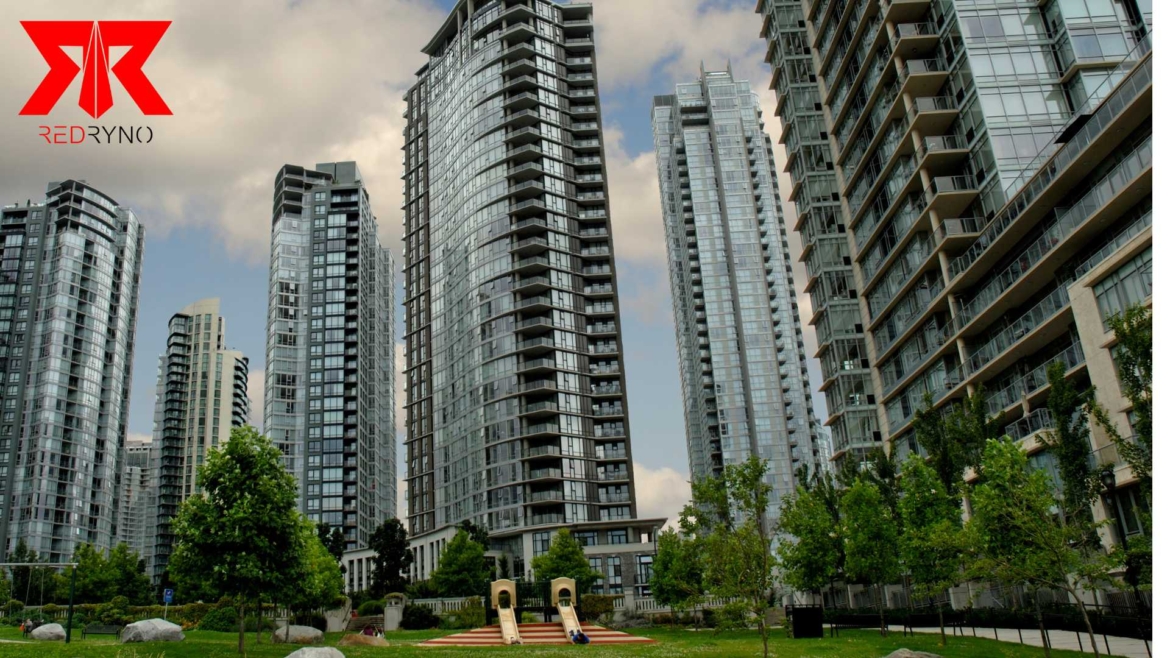Summary
Managing electricity in your strata building is about more than just cutting costs; it’s key to safety, planning, and future upgrades.
Start with an Electrical Planning Report (EPR)
Understand your building’s capacity before adding EV chargers, heat pumps, or other upgrades. An EPR helps you avoid surprises and plan smart.
Switch to LED Lighting
Upgrade hallway, garage, and outdoor lights to LEDs for immediate energy savings and lower maintenance.
Add EV Chargers with Load Management
Smart chargers distribute power efficiently, letting more vehicles charge without overloading your system.
Use Smart Controls in Shared Spaces
Timers and sensors on ventilation and heating prevent energy waste in gyms, lobbies, and laundry rooms.
Schedule High-Load Equipment Off-Peak
Shift pool or HVAC use to off-hours to reduce demand and lower bills.
Managing electricity demand in strata buildings isn’t just about saving on monthly bills; it’s about long-term planning, resident safety, and future-proofing infrastructure. Rising energy costs, increased EV adoption, and growing tech usage are putting more pressure on older electrical systems.
The good news?
There are practical ways stratas can lower electrical load without sacrificing comfort or convenience.
Start with an Electrical Planning Report (EPR)
An Electrical Planning Report provides a full assessment of your building’s current electrical capacity and identifies where upgrades or load balancing might be needed. It’s an essential first step before adding EV chargers, heat pumps, or common area upgrades.
At Red Ryno, we’ve helped dozens of stratas across Metro Vancouver develop customized load management strategies through detailed reports and planning.
The value of an EPR goes beyond just technical insight. It allows strata councils to make informed, budget-conscious decisions based on real data, not guesswork. An EPR helps prevent costly surprises by identifying limitations in your existing infrastructure early. It also ensures that any future installations are compatible with your building’s capacity and long-term electrical roadmap. This proactive approach minimizes service disruptions, supports safety compliance, and provides a clear path for phased upgrades aligned with both resident needs and regulatory requirements.
Shift to LED Lighting in Common Areas
Lighting often accounts for a significant portion of strata energy use. Swapping out halogens or older fluorescents for LED fixtures can reduce demand instantly. Here’s how upgrading specific areas can make a difference:
- Hallways: These lights typically run 24/7 for safety and visibility. Upgrading to LEDs in hallways drastically cuts daily energy consumption while improving light quality and reducing heat output.
- Garages: Enclosed parking areas require consistent lighting for security and navigation. LEDs not only provide better illumination but are more resistant to cold and moisture, making them ideal for garages.
- Exterior Spaces: Outdoor lighting, including pathways and building perimeters, often uses high-wattage fixtures. Switching to LEDs with dusk-to-dawn sensors can save power and improve nighttime safety without increasing costs.
LEDs not only use less power but also last significantly longer, which reduces replacement frequency and maintenance disruptions for residents.
Install EV Chargers with Load Management
As EV adoption grows, more strata residents are requesting access to chargers. Rather than risk overloading your electrical system, a load‑managed EV charging setup ensures safe, predictable charging using your existing infrastructure.
What is Load Management?
Smart EV chargers using dynamic load management (DLM) monitor total building demand in real time and adjust charger output to prevent overloading circuits. By distributing available power among multiple chargers based on immediate usage, DLM allows more vehicles to charge safely without exceeding capacity or triggering costly upgrades
Estimated Impact
- A 2015 study of over 2,000 non‑residential EV chargers in Northern California showed that smart charging could reduce peak building load by up to 40 %, while lowering monthly energy bills by around 24.8 % through shifting charging to less expensive off‑peak hours
- Simulations using advanced algorithms showed that coordinated charging systems can shave up to 30 % off peak load and reduce transmission currents by nearly 40 %
Benefits for Strata Buildings
- Cost avoidance: Avoid or delay expensive service upgrades like transformers or panel replacements.
- Scalability: Allows adding multiple EV chargers without stressing the system.
- Reduced utility bills: By scheduling charging during off‑peak hours, stratas can lower demand charges or time‑of‑use costs.
- Operational reliability: Prevents surprise outages and maintains service safety and consistency.
At Red Ryno, we support stratas with EV‑Ready Plans tailored to BC’s rebate programs, guided by the findings of an Electrical Planning Report (EPR). By combining smart charger technology and load modeling, we help buildings maximize EV infrastructure while managing electrical risk.
Use Smart Controls for Heating and Ventilation
Install timers or occupancy sensors on fans, heaters, and ventilation systems in shared spaces like gyms, lobbies, or laundry rooms. These controls prevent unnecessary energy use during off-hours, reducing overall demand on the building’s electrical system.
Schedule Energy Use Strategically
In buildings where amenities like pools or rooftop HVAC systems are present, scheduling high-load equipment to run during off-peak hours can balance demand. Advanced building automation systems can help with this, but even basic manual scheduling can make a measurable difference.
Plan for Long-Term Service Upgrades
Reducing demand is one part of the puzzle. Planning for eventual electrical service upgrades is the other. Stratas adding EV infrastructure or HVAC electrification will eventually need increased service capacity. Red Ryno helps stratas prepare phased upgrade plans that are budget-conscious and rebate-ready.
Take the Next Step
Ready to reduce electrical demand and make smarter energy decisions for your strata? Whether it’s lighting upgrades, EV readiness, or a full EPR, Red Ryno is ready to support strata councils across the Lower Mainland and Fraser Valley.
Need an Electrical Planning Report or EV Charging Assessment?
Contact us today to schedule a consultation with one of our licensed electricians.
FAQ
What is an Electrical Planning Report (EPR)?
An Electrical Planning Report (EPR) is a comprehensive assessment that evaluates a strata building’s current electrical capacity and identifies where upgrades or load balancing might be required. It helps strata councils plan for future installations like EV chargers or HVAC systems and avoid costly surprises.
Why should strata buildings switch to LED lighting?
Switching to LED lighting in common areas like hallways, garages, and outdoor spaces offers immediate energy savings, lower maintenance costs, and improved lighting quality. LEDs also last significantly longer than traditional fixtures.
How does load management help with EV charger installation?
Load management uses smart EV chargers that monitor real-time building demand and adjust power distribution. This prevents circuit overloads, allows multiple vehicles to charge simultaneously, and can delay costly electrical upgrades.
What are the benefits of using smart controls in shared spaces?
Smart controls such as timers and occupancy sensors on fans, heaters, and ventilation systems prevent unnecessary energy use during off-hours, helping reduce the building’s overall electrical demand.
How can stratas reduce electricity use with scheduling?
By running high-load equipment like pools or HVAC systems during off-peak hours, stratas can reduce peak demand and lower their utility bills. Even basic scheduling practices can have a measurable impact.
Why is planning for long-term service upgrades important?
While reducing electrical demand helps in the short term, planning for service upgrades ensures that the building’s infrastructure can support future needs like EV charging or HVAC electrification. A phased approach helps align with budgets and rebate programs.



